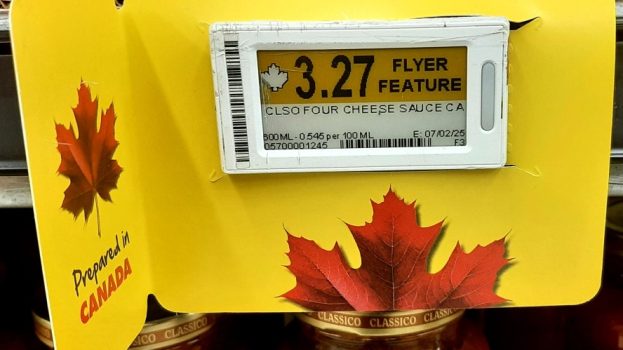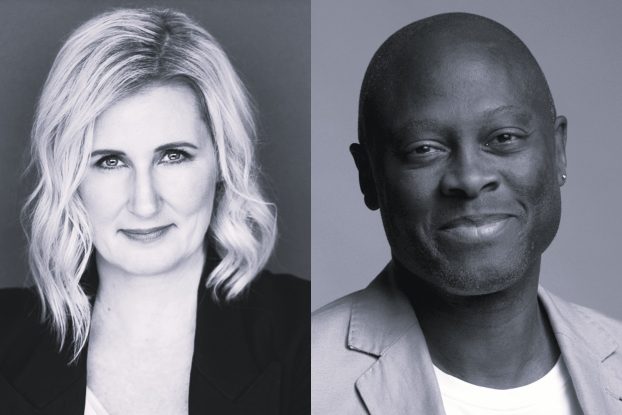The balance of communicating with consumers, but not appearing to be profiteering off of a global pandemic, is a fine one.
Most companies are trying to adjust to the challenge of working remotely, but Microsoft is doing that on top of facilitating that for its customers, and its communication has shifted as a result. Lisa Gibson, head of communications and business manager for Microsoft Canada, says the company’s focus and messaging is now more focused on supporting its customers and sharing how to utilize teams to stay connected through its virtual desktop offerings.
Public communication is all about the balance and making sure you have the “right tone and intention,” Gibson says. “The content you put out has to be done sensitively,” she says, but it doesn’t all have to be doom and gloom. Microsoft’s tone, for example, has been about providing customers with services and products that they are already asking for right now to keep their businesses running, as opposed to attempting to profiteer. The company has also released a free a crisis communications app which gives customers temporary access to premium product features as they coordinate their COVID-19 responses.
According to Ken Wong, professor of marketing at Queen’s University’s Smith School of Business, brands should put their profit motivation on the backburner for the time being in order to make sure consumers are “there for you in the future.” While he concedes some consumers will break brand allegiance to save money and get supplies and product in the short term, “you have to make sure they come back and be above reproach.”
This goes beyond marketing to other areas of business, much like Microsoft has done for its B2B customers. Wong points out, for example, that “bad stores will require you to go into them, and the good ones will employ BOPIS (buy online, pick up in store).” The best ones, he says, will run stuff out to your car when you pick it up.
“This is a time for brands to show consideration for the customers and that they’re more than just a transaction,” Wong stress. “Those that do will benefit long term, and those that don’t will get what they deserve.”
Air Canada, for example, is waiving change fees for flights booked prior to March 4, and hotels are doing the same. IHG hotels says reservations can be cancelled without charges. Several telcos have also removed limits on data and internet usage. Wong says “The people who need to be around for the long term, they’re doing the right kinds of things and kudos to them.”
By contrast, Expedia, he says, is going down the wrong path. The brand recently sent out a message encouraging its customers to go to their airlines and hotels to figure out booking and cancellation policies for themselves. While that likely fits with typical best practices, these are not typical times, and failing to go above and beyond best practices represents a missed opportunity at best and a reputational hit to a brand at worst.
“It’s not like they’re the only game in town. It’ll be interesting to see what other booking sites are prepared to do,” Wong says.
Several brands have not championed unity or handled the communications adroitly as they may have hoped, which consumers have picked up on quickly. For example, Toronto-based mobile food ordering app Ritual faced pushback for email marketing claiming saying the brand “is the smarter choice to get your lunch during the COVID-19 situation.” Coors Light had planned on running creative claiming it was the “Official Beer of ‘Working’ Remotely” during March Madness; putting aside, for a moment, the implications of being impaired on the job, the spot obviously didn’t jive with uptick in people working from home as part of precautionary measures that are now widespread across North America.
Elana Gorbatyuk, chief strategy officer for Sid Lee, says that adjusting creative mix is key for brands communicating during the crisis, so that it’s more personal and addresses how needs are changing on daily basis. She sees there still being room for brands, so long as they provide lasting value by being “proactive, present [and] having a longer-term outlook to communicate authentically.”
There is a chance during the pandemic, for example, for brands to create a genuine sense of community, such as by emphasizing the need to come together metaphorically, such as how members of the Asian community have faced COVID-related discrimination and suspicion. And on then, with so many of us experiencing social isolation, she says brands can provide levity, not in the from of irreverence, but literally lifting people up by being useful to them.
Gorbatyuk says manufacturers of diapers, for example, can create community hubs for parents who might be working remotely, replacing places like schools and childcare centres as place to share advice. Banks, she says, can activate in different locations in order to respond to the special needs of the elderly, who are more likely to use the services of financial institutions in-person, but also more likely to need to be in isolation – similar to how some grocery stores have instituted special shopping hours just for those over a certain age. And there are future opportunities for the currently belaguered airlines, too, to celebrate missed weddings and use social media brands to celebrate these events after the fact.
























